|
Yesterday I asked Trish what animal I should feature in my newsletter. She didn't hesitate. She reminded me of the time we took our kids out snorkeling in the wide, shallow bay at Cape San Blas, Florida. We rented a couple of canoes, paddled into the center of the bay, and spent the day splashing around and looking for interesting creatures. The next day, we told a commercial fishing guide about that, and he said, "I wouldn't get in that water. A guy caught an eight-foot bull shark there the other day." Hmm. That would have been good to know 24 hours earlier. Anyway, while we were snorkeling, we found a seahorse. It was only about two inches long, but it was exciting because we had never seen one in the wild before. I can't find a photo of it because back then the only waterproof cameras we had were those plastic, disposable things that used film. Remember film? So, what the heck is a seahorse? Seahorses include about 40 species of fish in the genus Hippocampus. They live in shallow tropical and subtropical marine habitats, hiding in seagrasses, mangroves, coral reefs, and other sheltered areas. These fish are best known for their upright posture, prehensile tail, and the fact that their heads and necks vaguely resemble that of a horse. But few people have seen them in the wild because they don't move around much, and they blend in with their surroundings. Amazing facts about seahorses Seahorses are ridiculously bad swimmers. Top speed: 150 cm per hour. Their tail (called the caudal fin on other fish) are not for swimming, so they swim mostly using their small dorsal (back) fin. This fin flips back and forth furiously, but as Ze Frank says, “Imagine trying to propel yourself on a skateboard solely by waving a Denny’s menu back and forth really fast.” (by the way, zefrank1 has a collection of funny nature videos on YouTube... but avoid them if you are offended by slightly-raunchy jokes) In spite of their slow swimming speed, seahorses are predators, feeding on small crustaceans. Obviously, they don't chase down their food. Instead, they wait motionless until their prey swim by, then they suck in the prey through their tube-like mouths. Seahorses don't have a stomach. Seriously. And no teeth. Their food passes through their digestive system so fast that they have to eat constantly. A young, growing seahorse will eat up to 3,000 brine shrimp every day! I like shrimp too, but sheesh! A group of seahorses is called a herd. Well, duh. Seahorses are amazing at hiding. This helps them avoid being eaten (remember, they can't swim worth a hoot), and it helps them catch their prey (they are ambush hunters). Can you spot the seahorse in this photo? Okay, that one was easy. How about this one? Check out this video of camouflaged seahorses. What's up with that prehensile tail? Instead of caudal fins for swimming, seahorses have a tail that can wrap around coral, seagrass, or just about anything else. This holds them in place in rough waters or when there is a current. And these tails serve another important purpose. Seahorses have elaborate mating rituals. In an attempt to impress a female, a male will lock its tail around the female and wrestle with her in an attempt to impress her. If the two pair up, then the real dance starts. And I really mean dance. The two seahorses begin an intricate series of movements that can last for hours. Sometimes with their tails wrapped together. That's almost romantic. But there's something else amazing about seahorse reproduction. Are you ready for this? The males are the ones that get pregnant. How does that work, you ask? After their elaborate courtship dance, the female lays eggs into a special oviduct in the male's body, in the structure called the brood pouch. Then the male swims to a safe place and sits tight during gestation, which can last weeks. When the babies are ready to be born, the male starts having contractions that force the babies out. Depending on the seahorse species, there can be as few as five babies and as many as 2,500! Unfortunately, baby seahorses have little chance of surviving. Studies show that as few as 0.5 percent (1 out of every 200) live to adulthood. So, the Seahorse deserves a place in the D.A.H.O.F. (Dandy Animal Hall of Fame). FUN FACT: If the word dandy sounds old fashioned, that's because it is. The first recorded use of the word was between 1770 and 1780. Dandy has two meanings. The first is "a man who is excessively concerned about his clothes and appearance." That use of the word is rare these days. Today, the more common meaning is "something or someone of exceptional or first-rate quality." And there is something about a seahorse's appearance that makes me think the word dandy is perfect. So, dandy is another way to say awesome! Photo Credits:
Seahorse 3 - Longsnouted Seahorse -Peter Ryngaert/ Guylian Seahorses of the World 2005 - via Smithsonian Seahorse feeding - Fusedjaw.com Seahorse Camo #1 - Klaus Stiefel on Flickr Seahorse Camo #2 - Atsushi Sadaki/Caters News via Earthtouch News Mating Seahorses - Jules Casey - Ocean Conservancy Male Seahorse Giving Birth - YouTube
1 Comment
|
Stan's Cogitations
Everyone needs a creative outlet. That's why I write. Archives
July 2024
|

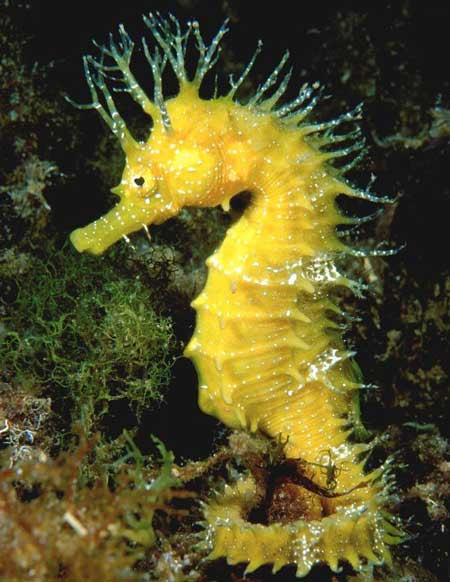
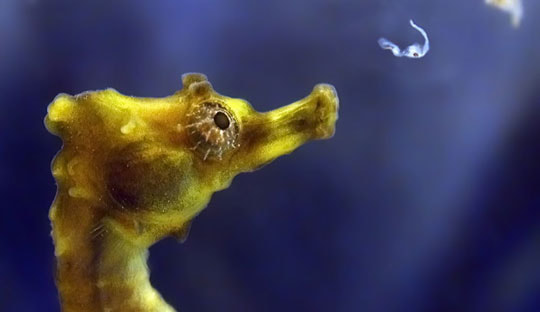
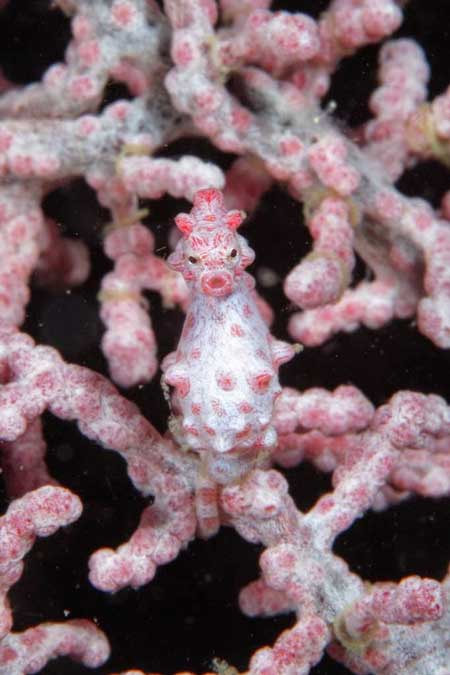
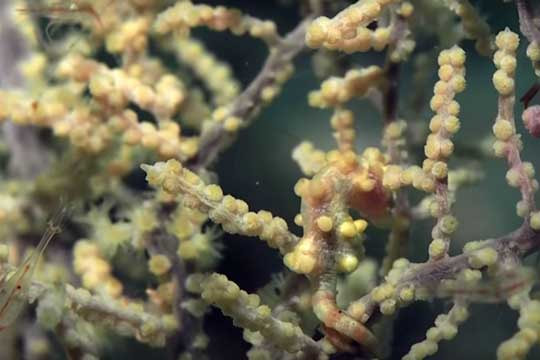
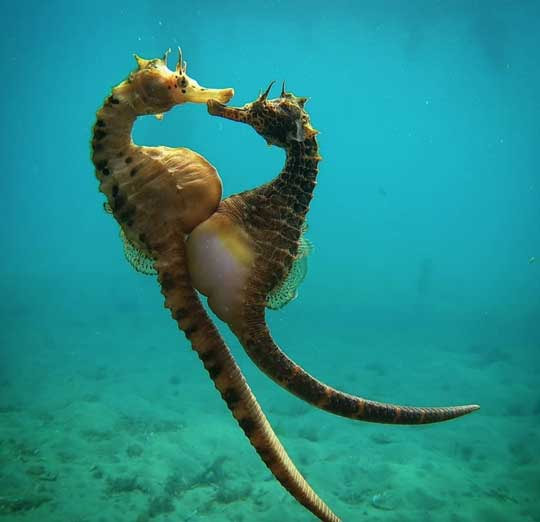
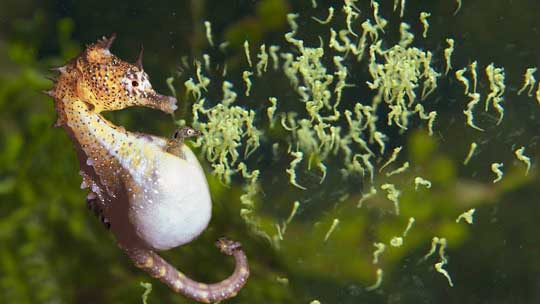
 RSS Feed
RSS Feed